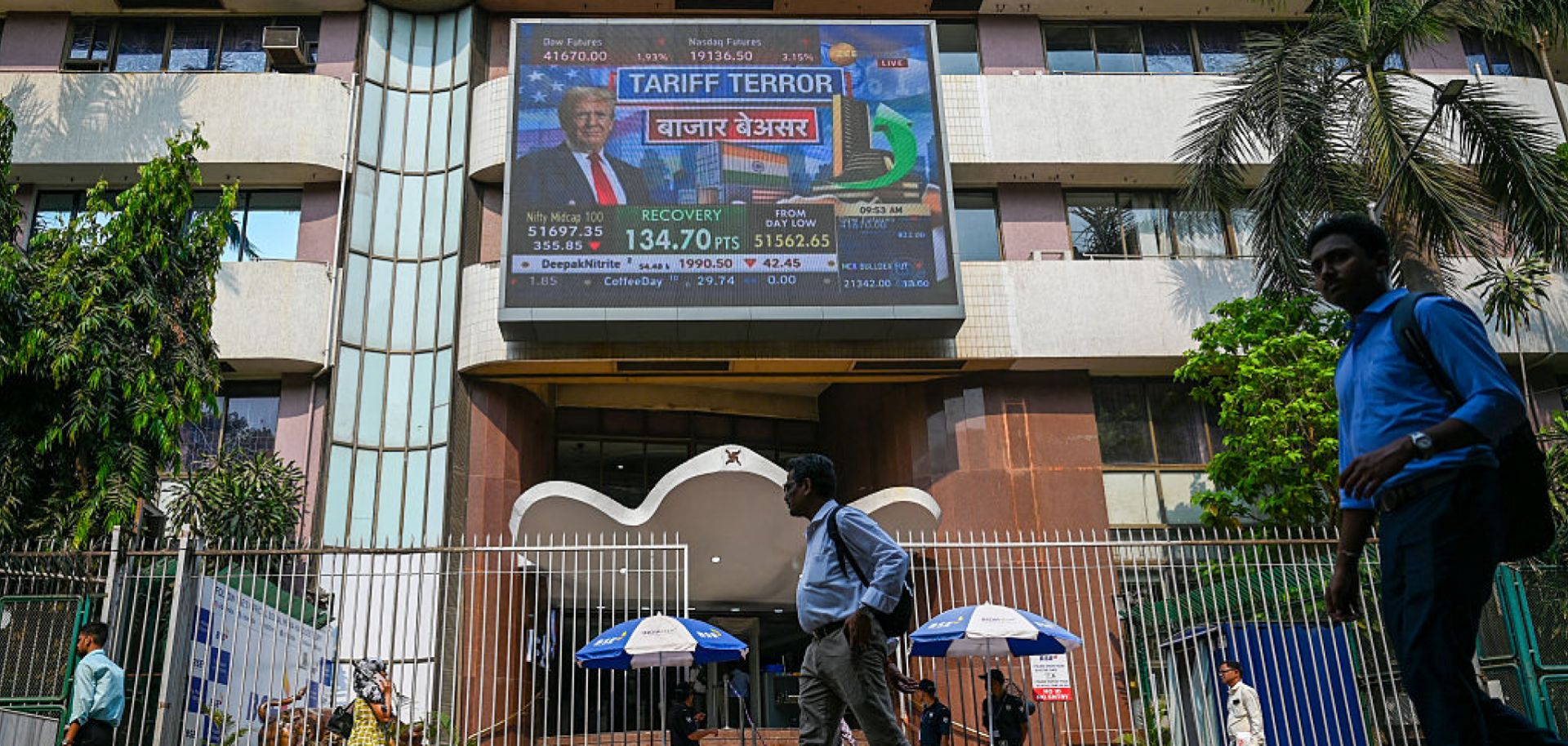If implemented, U.S. President Donald Trump's 27% tariff on India would severely hurt certain Indian sectors reliant on the U.S. market, such as pharmaceuticals; however, other sectors, such as textiles, could benefit if India's main Asian competitors end up facing even higher U.S. tariffs. On April 2, Trump announced plans to impose sweeping ''reciprocal'' tariffs on nearly all U.S. trading partners, including a 27% tariff on India. In justifying the move, the Trump administration cited India's unfair trade practices, pointing to longstanding barriers faced by U.S. exporters, as well as the South Asian country's $46 billion trade surplus with the United States. The announcement came despite India's recent efforts to address such grievances, which began in February after Indian Prime Minister Narendra Modi met with Trump in Washington and agreed to initiate trade negotiations. Since then, India has pledged to increase its purchases of U.S. energy exports to $25 billion, up...

